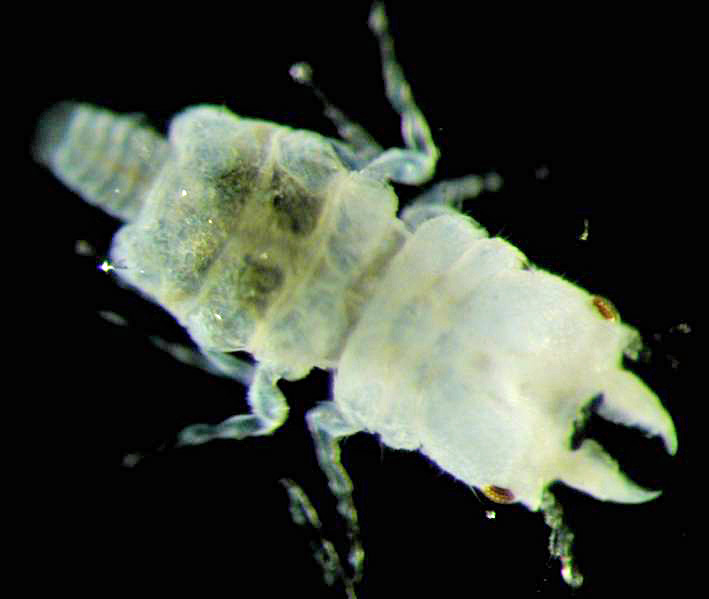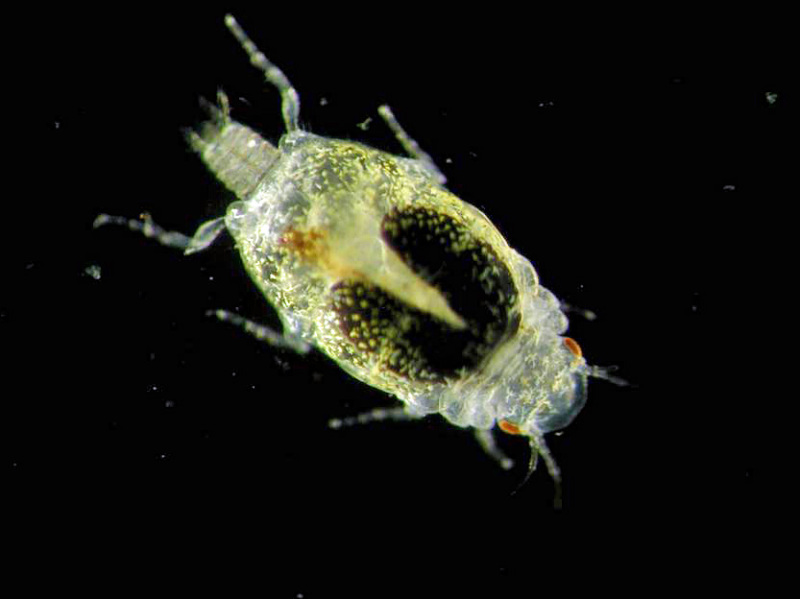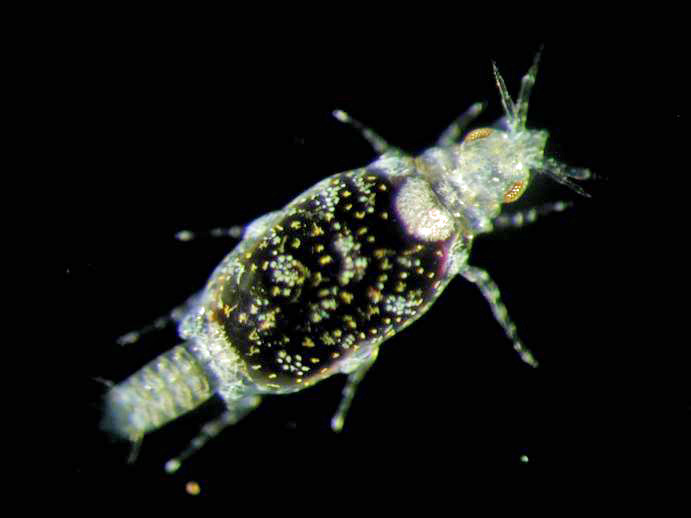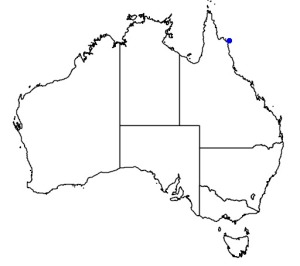
©Nico Smit and Lexa Grutter: Adult male Gnathia aureamaculosa from Lizard Island, 2-3 mm long (microscope photo).

©Nico Smit and Lexa Grutter: Adult female Gnathia aureamaculosa from Lizard Island, 1.2 to 2.3 mm long (microscope photo)

©Nico Smit and Lexa Grutter: Third stage juvenile (praniza) male Gnathia aureamaculosa from Lizard Island, 1 to 3 mm long (microscope photo)
Colours
Distinguishing features
Juveniles are external parasites of fishes, sucking blood through the skin in much the same way that mosquitos feed on vertebrates. Gnathiids can be seen on the skin of carefully-handled captive fishes but it would be very difficult to see them in the wild.
Several species of Gnathia aureamaculosa are known from Lizard Island and microscopic examination is needed to determine species. Gnathia aureamaculosa is described in detail by Ferreira et al (2009).
The species name "aureamaculosa" was derived from the Latin names "aurea" and "maculosa" which mean golden and spotted respectively, referring to the distinctive golden spotted pigmentation found on these little animals.
Size
- Up to 0.3 cm (Length)
Synonyms
Comments
The type locality for this species is Lizard Island. It was described by Ferreira et al (2009).
by Anne Hoggett
The parasitic larvae of Gnathia aureamaculosa do not seem not to be very host-specific. They have already been collected from 17 different fish species including surgeonfish, triggerfish, wrasse and pufferfish.
by Anne Hoggett
Interesting facts
- This species is a "lab rat" at LIRS, used for many studies involving cleaning sybioses and fish diseases. It has been maintained in culture at LIRS since 2002.
Distribution
Web resources
References
- Curtis, L. (2010). Haemogregarine blood parasites in triggerfish and surgeonfish: distribution, transmission & implications for their host fish, PhD thesis, University of Queensland. LIRS catalog number 1620.
- Curtis, L.M., A.S. Grutter, N.J. Smit and A.J. Davies (2013). Gnathia aureamaculosa, a likely definitive host of Hemogregarina balistapi and potential vector for Hemogregarina bigemina between fishes of the Great Barrier Reef, Australia, International Journal for Parasitology, http://dx.doi.org/10.1016/j.ijpara.2012.11.012. LIRS catalog number 1611.
- Eckes, M., S. Dove, U.E. Siebeck and A.S. Grutter (2015). Fish mucus versus parasitic gnathiid isopods as sources of energy and sunscreens for a cleaner fish, Coral Reefs, 34: 823-833. LIRS catalog number 1912.
- View all references

